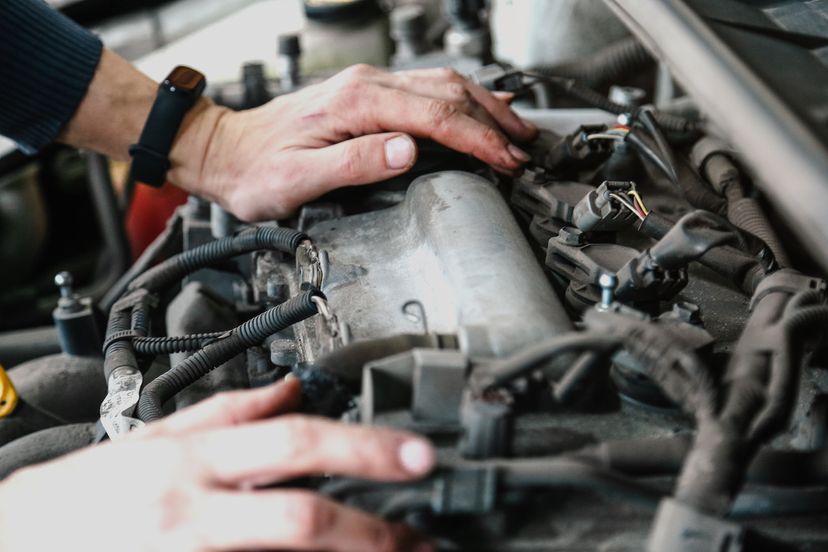The invention of the internal combustion engine significantly impacted the Industrial Revolution. Several inventors played roles in the engine's development, but Nikolaus Otto was credited for creating the first internal combustion engine in 1876. But it may only have been possible with advancements from Belgian engineer Jean Joseph Étienne Lenoir decades earlier.
In 1859, Lenoir created an engine that used a mixture of coal, gas and air, ignited by an electric spark. His engine was the first commercially successful internal combustion engine, used primarily in stationary applications.
Although it had limited efficiency, it was a crucial stepping stone in advancing engine technology. Lenoir's pioneering work laid the groundwork for subsequent innovations by inventors like Otto, leading to the more efficient and practical internal combustion engines we have today.
Before Otto's invention, the industrial landscape primarily relied on steam power. Steam engines were cumbersome, required large infrastructure, and were predominantly stationary. Then the combustion engine came along and introduced a portable and efficient source of power, completely revolutionizing transportation.
The engine's compact size and portability enabled it to be incorporated into vehicles, such as automobiles and locomotives, leading to unprecedented mobility and the rapid transportation of goods and people. This advancement in transportation greatly facilitated trade, expanded markets and contributed to the growth of cities and urbanization.
Over in the manufacturing world, the engine's widespread adoption in industrial machinery and equipment revolutionized laborious processes. It powered machines and tools, increasing productivity and efficiency, and pushing the whole industrial sector forward.
